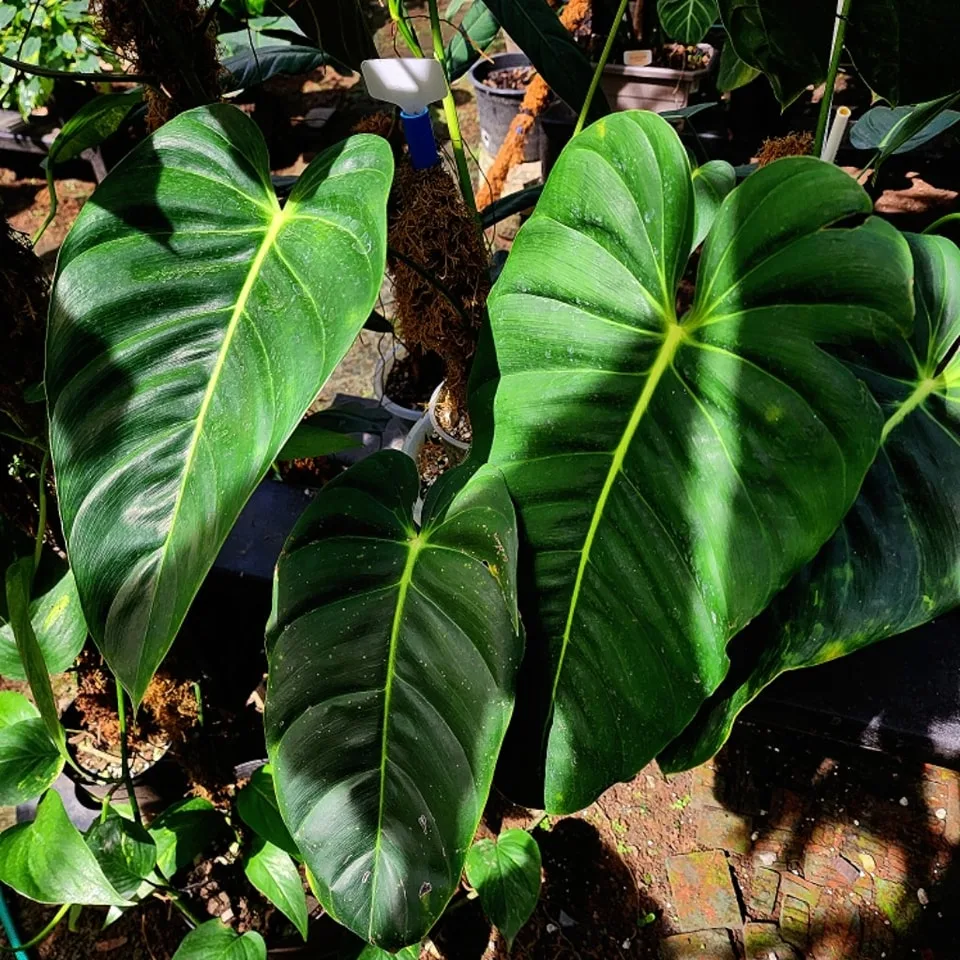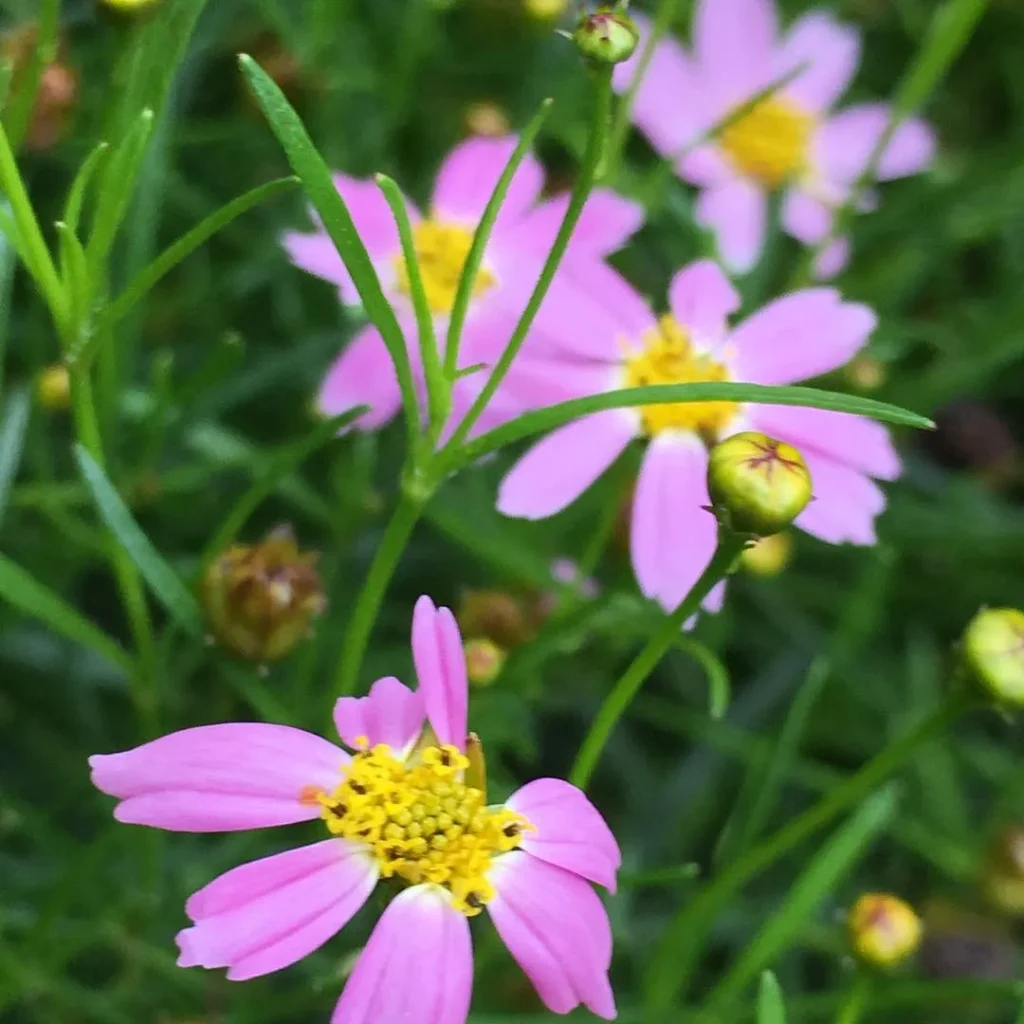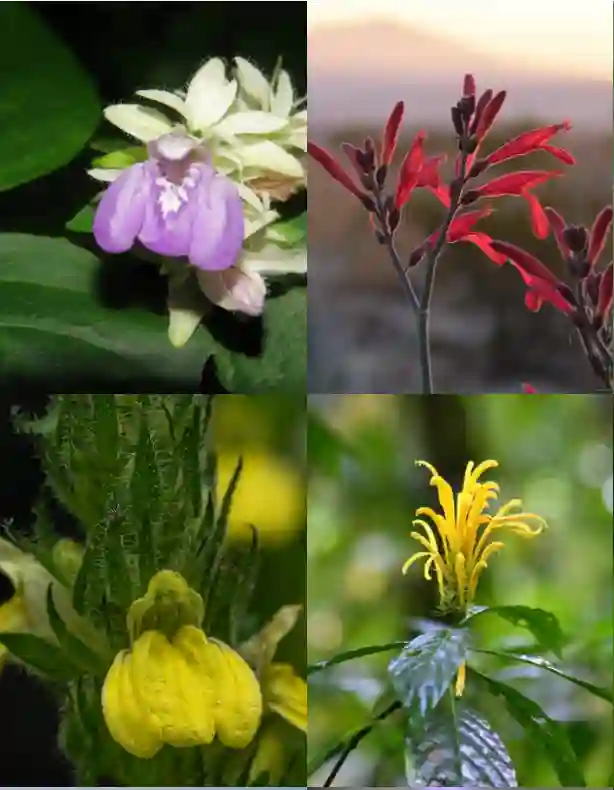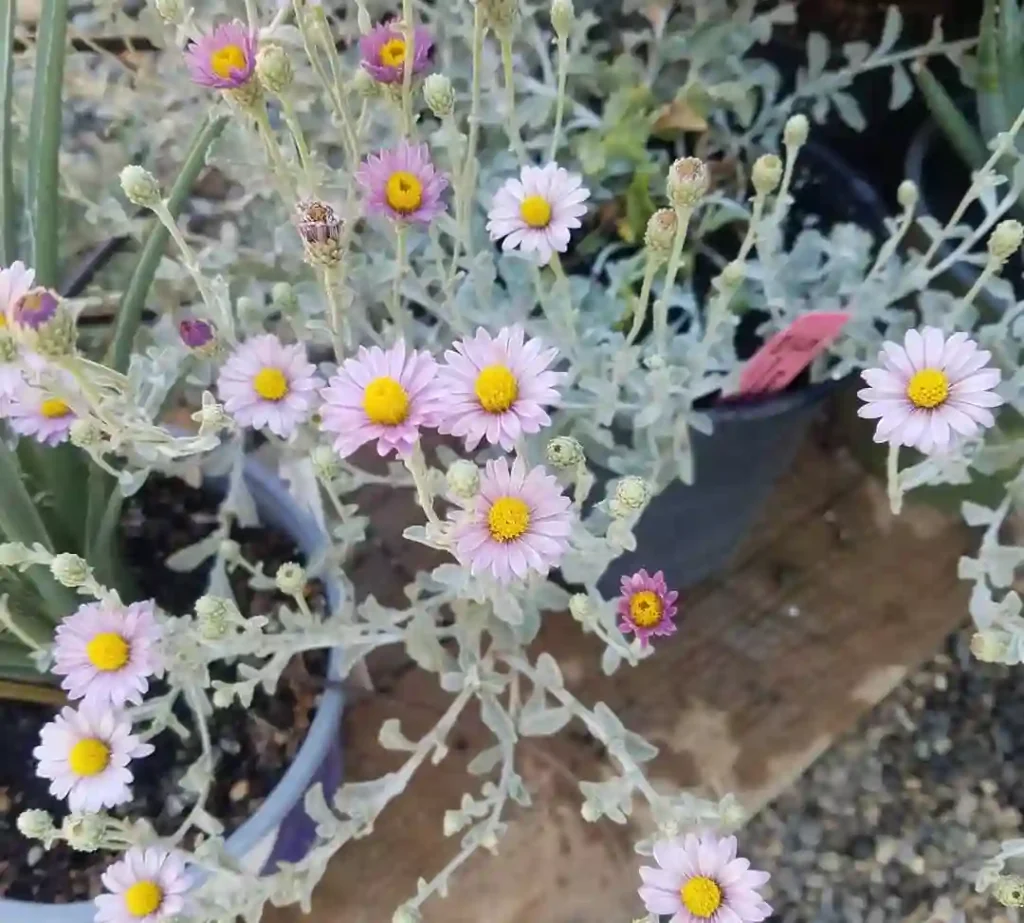Unearthing Gold: My Journey into the World of Coptis
As a botanist, I’m constantly drawn to the intricate beauty and hidden wonders of the plant kingdom. Lately, I’ve been fascinated by a particular genus known as Coptis, commonly called goldthread. These unassuming perennials, with their delicate flowers and vibrant yellow rhizomes, hold a special place in both traditional medicine and my own horticultural heart. Let me share with you what I’ve learned about these fascinating plants.
Delving into the Roots of Coptis
Coptis belongs to the Ranunculaceae family, a diverse group known for its showy blooms and often toxic properties. Think buttercups and monkshood, both relatives of our humble goldthread. But unlike its more flamboyant cousins, Coptis is characterized by its subtle elegance and potent medicinal properties.
The name “goldthread” comes from the plant’s thread-like rhizomes, which gleam a vibrant yellow when unearthed. This golden hue hints at the plant’s historical use in traditional medicine. For centuries, various cultures have valued Coptis for its anti-inflammatory, antibacterial, and antifungal properties. In particular, the rhizomes contain berberine, an alkaloid with a long history of use in treating ailments ranging from digestive issues to skin infections.
A Global Family: The Diverse Species in Coptis
While the genus Coptis may seem understated at first glance, it boasts a surprising diversity. These plants are native to the temperate regions of North America and Eastern Asia, with a concentration of species found in the Himalayas and China. Here are:
- Coptis aspleniifolia Salisb.
- Coptis chinensis Franch. Plant FAQs: Coptis Chinensis – Chinese Goldthread
- Coptis deltoidea C.Y.Cheng & P.K.Hsiao
- Coptis huanjiangensis L.Q.Huang, Q.J.Yuan & Y.H.Wang
- Coptis japonica (Thunb.) Makino
- Coptis kitayamensis Kadota
- Coptis laciniata A.Gray
- Coptis lutescens Tamura
- Coptis minamitaniana Kadota
- Coptis occidentalis (Nutt.) Torr. & A.Gray
- Coptis omeiensis (F.H.Chen) C.Y.Cheng
- Coptis quinquefolia Miq.
- Coptis quinquesecta W.T.Wang
- Coptis ramosa (Makino) Tamura
- Coptis teeta Wall.
- Coptis trifolia (L.) Salisb.
- Coptis trifoliolata (Makino) Makino
The Allure of Coptis: My Personal Perspective
My own interest in Coptis stems from a fascination with its ethnobotanical history and its potential applications in modern herbalism. I’m intrigued by the way different cultures have utilized this plant for centuries, harnessing its medicinal properties to address a wide range of health concerns.
Beyond its medicinal value, I find Coptis to be an aesthetically pleasing addition to any shade garden. Its delicate flowers, often white or yellow, provide a subtle contrast to its lush, green foliage. And the vibrant yellow rhizomes, glimpsed beneath the soil, add an element of surprise and intrigue.
Currently, I’m experimenting with cultivating different Coptis species in my own garden. I’m particularly interested in observing their growth habits and identifying the specific conditions in which they thrive. My goal is to gain a deeper understanding of these plants, not only as a botanist but also as a gardener seeking to cultivate beauty and harness the potential of the natural world.
Looking Ahead: The Future of Coptis
As we move forward, I believe that Coptis holds great promise, both as a source of traditional medicine and as a subject of further scientific inquiry. Research into the berberine content and other bioactive compounds found in Coptis may reveal new applications for this versatile plant.
Furthermore, the increasing interest in sustainable agriculture and natural remedies may lead to a renewed appreciation for Coptis and its potential role in promoting health and well-being. By understanding and respecting the delicate balance of nature, we can unlock the secrets of plants like Coptis and ensure their continued contribution to our world.
This is just the beginning of my exploration into the world of Coptis. I’m eager to continue learning, growing, and sharing my knowledge of this fascinating genus with others. The journey of discovery is an ongoing process, and I’m excited to see what the future holds for Coptis and the world of botany.
If i die, water my plants!



